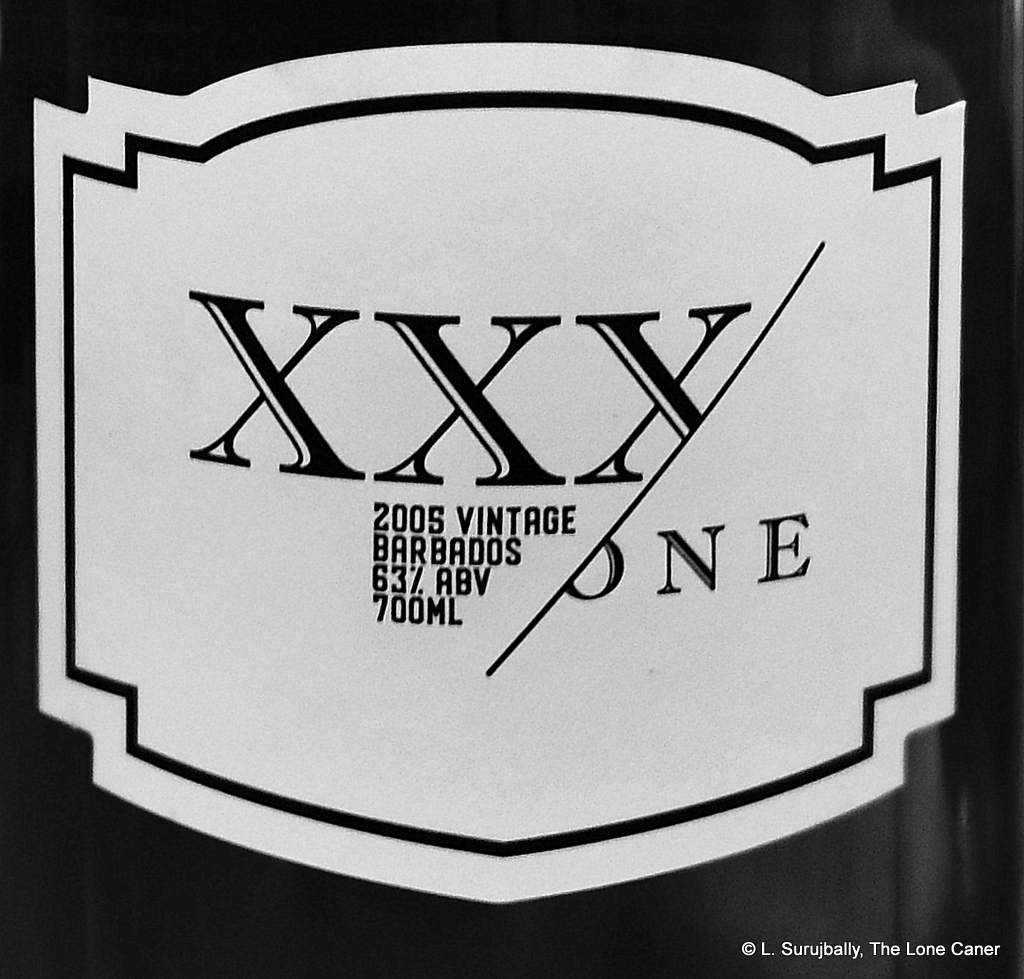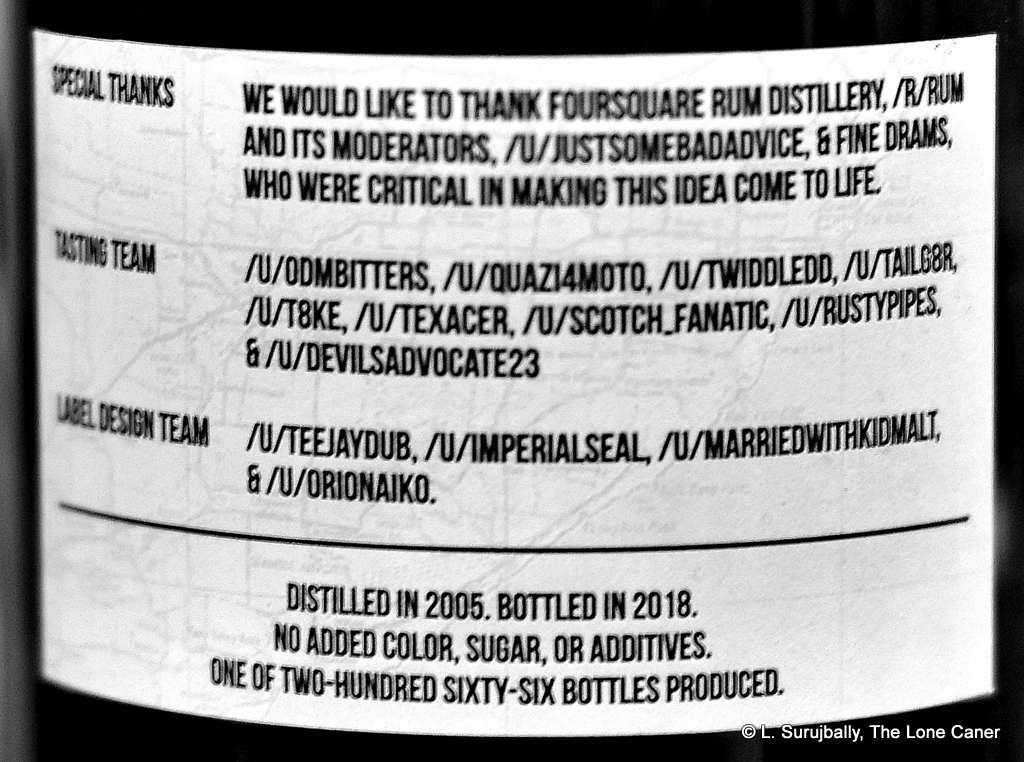When we think of Haiti two names in rum immediately spring to mind: clairins and Barbancourt. This pair of diametrically opposite rum making styles dominate the conversation to such an extent that it is often overlooked that there are other distilleries on the island, like Barik / Moscoso, Agriterra / Himbert, Distillerie de la Rue (Nazon), Distillerie Lacrete, La Distillerie 1716, Beauvoir Leriche and Janel Mendard (among others). Granted most of these don’t do much branded work, stay within their regional market, or they sell bulk rum only (often clairins or their lookalikes that punch up lesser rums made by even cheaper brands), but they do exist and it’s a shame we don’t know more about them or their rums.
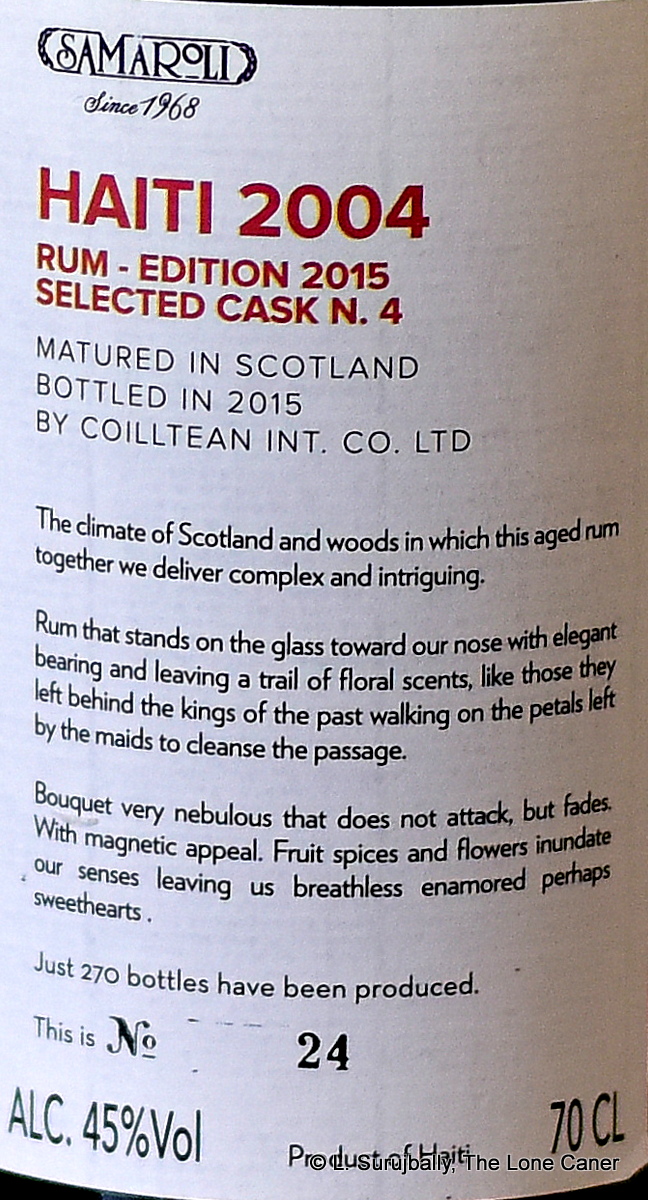 I make this point because the Samaroli 11 year old Haitian rum from 2004 which we are looking at today, doesn’t actually say which distillery in Haiti made it. Admittedly, this is a pedantic issue, since we can surmise with near-total assurance that it’s a Barbancourt distillate: they supply the majority of European brokers with bulk rum from Haiti while the others mentioned here tend to do local sales or over-the-border business in the Dominican Republic. But we don’t know for sure and all the ebay sites and auction listings for this rum and other Haitians that Samaroli bottled, do not disclose the source, so we’ll take it as an educated and probably correct guess for now.
I make this point because the Samaroli 11 year old Haitian rum from 2004 which we are looking at today, doesn’t actually say which distillery in Haiti made it. Admittedly, this is a pedantic issue, since we can surmise with near-total assurance that it’s a Barbancourt distillate: they supply the majority of European brokers with bulk rum from Haiti while the others mentioned here tend to do local sales or over-the-border business in the Dominican Republic. But we don’t know for sure and all the ebay sites and auction listings for this rum and other Haitians that Samaroli bottled, do not disclose the source, so we’ll take it as an educated and probably correct guess for now.
What else? Distilled in 2004 and released in 2015 at 45% ABV, the rum hews closely to the mantra Silvio Samaroli developed all those years ago, which said that at the intersection of medium age and medium strength is a nexus of the best of all possible aromas, textures and tastes, where neither the rawness of youth or the excessive oakiness of age can spoil the bottled distillate, and the price remains reasonable. Well, maybe, though what’s going on these days price-wise might give anyone pause to wonder whether that still holds true.
The rum does nose nicely, mind you: it starts off with a loud blurt of glue paint and nail polish, warm but not sharp and settles down into an almost elegant and very precise profile. Soft notes of sugar water, pear syrup, cherries, vanilla and coconut shavings cavort around the nose, offset by a delicate lining of citrus and florals and a subtle hint of deeper fruits, and herbs.
 Overall the slightly briny palate is warm, but not obnoxious. Mostly, it’s relaxed and sweet, with pears, papayas, cucumbers plus maybe a single pimento for a sly kick at the back end. It’s not too complex – honestly, it’s actually rather shy, which may be another way of saying there’s not much going on here. But it still beats out a bunch of standard strength Spanish-heritage rons I had on the go that same day. What distinguishes the taste is its delicate mouthfeel, floral hints and the traces of citrus infused sugar cane sap, all quite nice. It’s all capped by a short and floral finish, delicate and spicy-sweet, which retains that slight brininess and darker fruits that are hinted at, without any effort to overwhelm.
Overall the slightly briny palate is warm, but not obnoxious. Mostly, it’s relaxed and sweet, with pears, papayas, cucumbers plus maybe a single pimento for a sly kick at the back end. It’s not too complex – honestly, it’s actually rather shy, which may be another way of saying there’s not much going on here. But it still beats out a bunch of standard strength Spanish-heritage rons I had on the go that same day. What distinguishes the taste is its delicate mouthfeel, floral hints and the traces of citrus infused sugar cane sap, all quite nice. It’s all capped by a short and floral finish, delicate and spicy-sweet, which retains that slight brininess and darker fruits that are hinted at, without any effort to overwhelm.
Formed in 1968 by the eponymous Italian gentleman, the firm made its bones in the 1970s in whiskies, branched into rums, and has a unicorn rum or two in its portfolio (like that near legendary 1948 blend); it is the distinguished inspiration for, and conceptual ancestor of, many Italian indies who came after…but by 2022 and even perhaps before that, Samaroli slipped in the younger generation’s estimation, lagging behind new and hungry independents like 1423, Rom Deluxe or Nobilis. These brash insurgents issued cask strength monsters crammed with 80+ points of proof that were aged to three decades, or boosted to unheard ester levels…and the more elegant, easier, civilized rums Samaroli was once known for, no longer command the same cachet.
Now, this quiet Haiti rum is not an undiscovered steal from yesteryear, or a small masterpiece of the indie bottler’s art – I’d be lying if I said that. It’s simply a nice little better-than-entry level sipper, quiet and relaxed and with just enough purring under the hood to not make it boring. But to me it also shows that Samaroli can continue to do their continental ageing thing and come out with something that — while not a brutal slug to the nuts like a clairin, or the sweet elegance of a well-aged Barbancourt or a crank-everything-up-to-”12” rum from an aggressive new indie — still manages to present decently and show off a profile that does the half-island no dishonour. In a time of ever larger bottle-stats (and attendant prices), too often done just for shock value and headlines, perhaps it is worth taking a look at a rum like this once in a while, if only to remind ourselves that there are always alternatives.
(#874)(82/100)
Other Notes
- It is assumed to be a column-still rhum; the source, whether molasses or sugar cane, is unstated and unknown.
- 270-bottle outturn

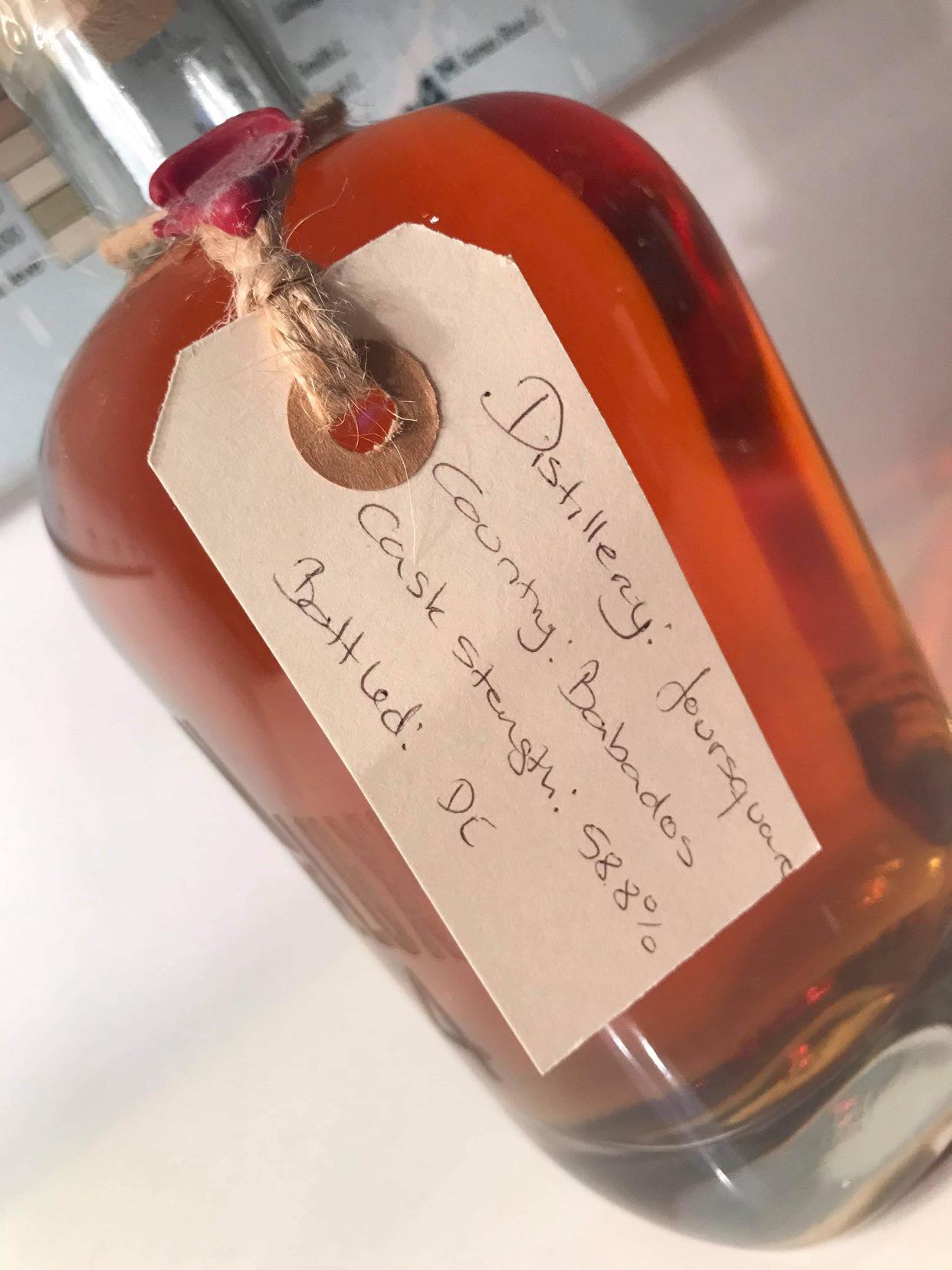
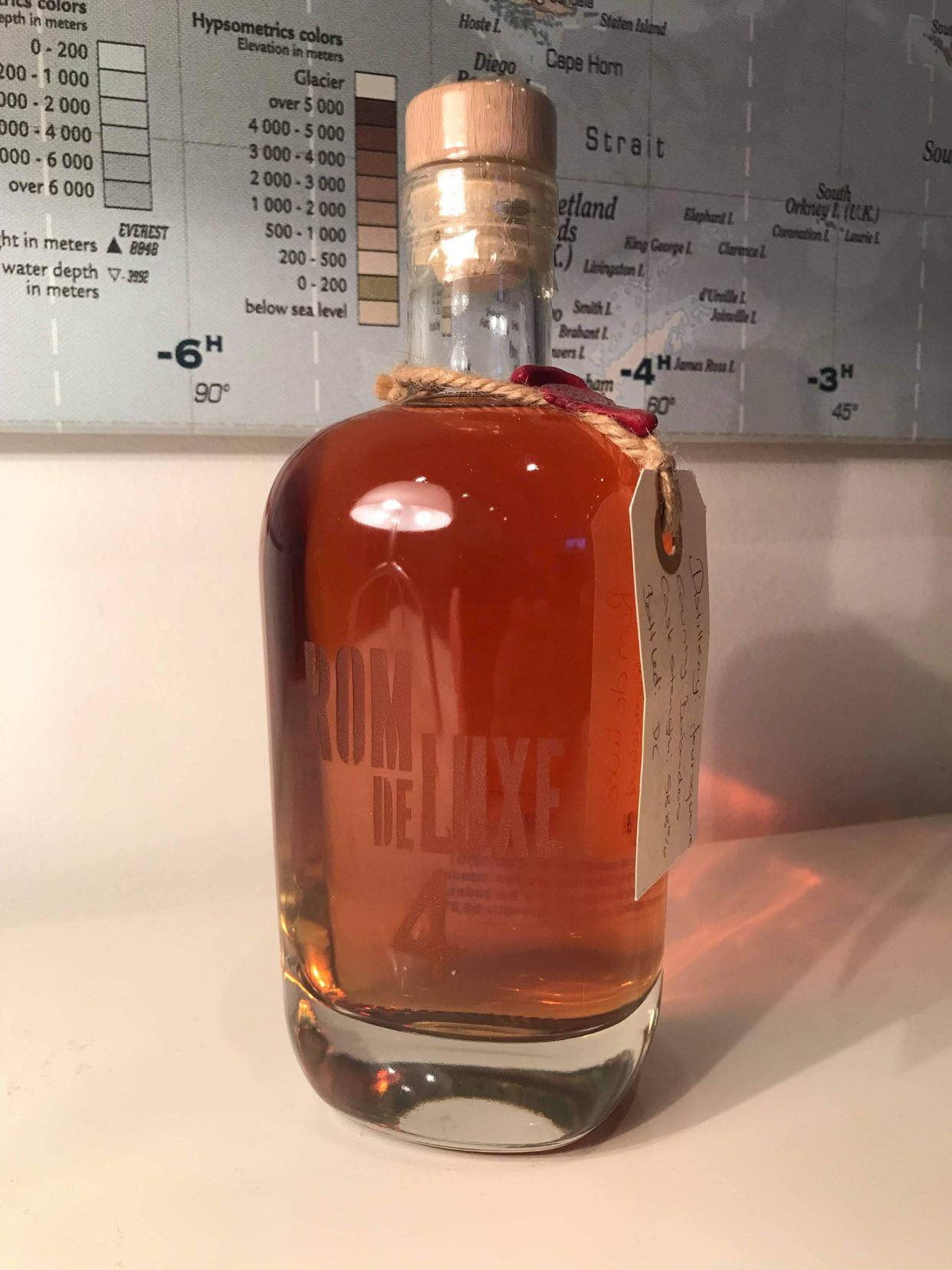


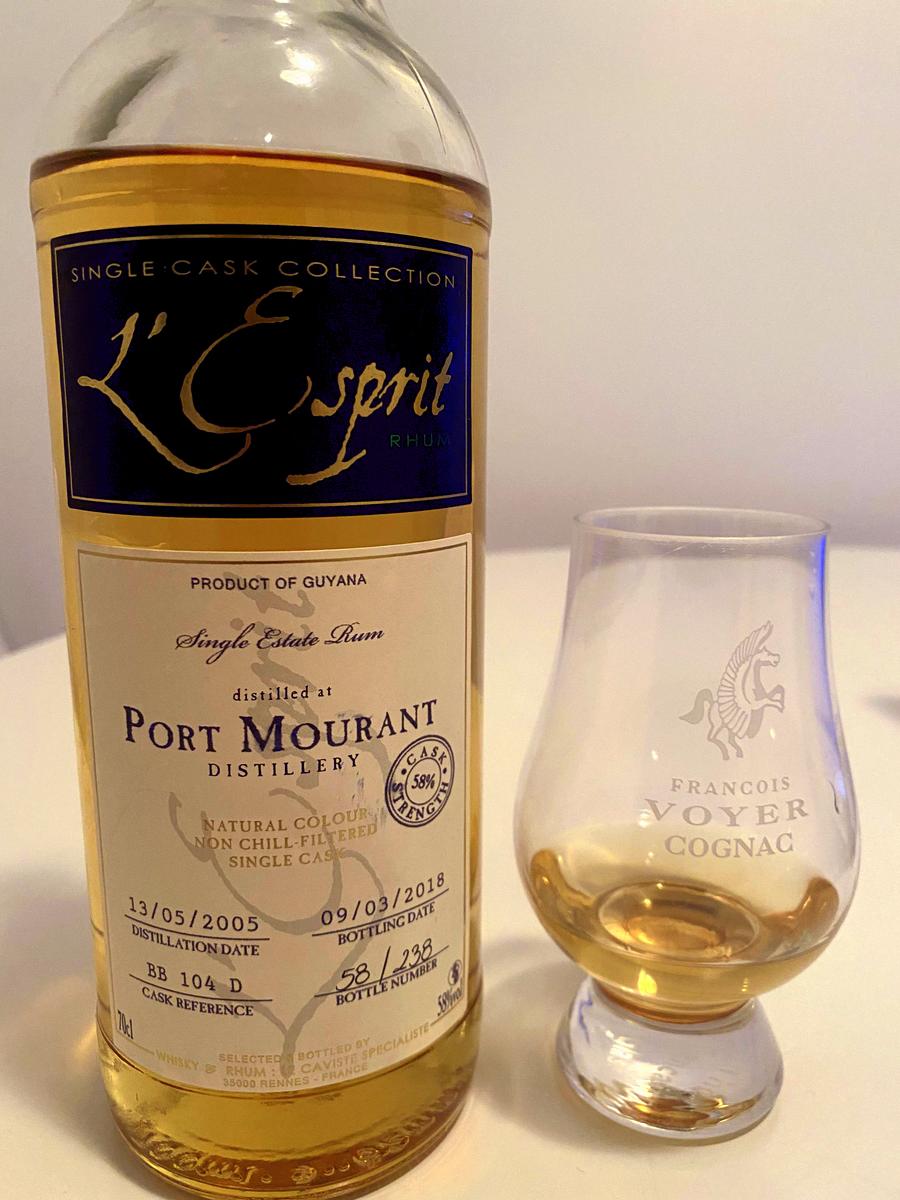
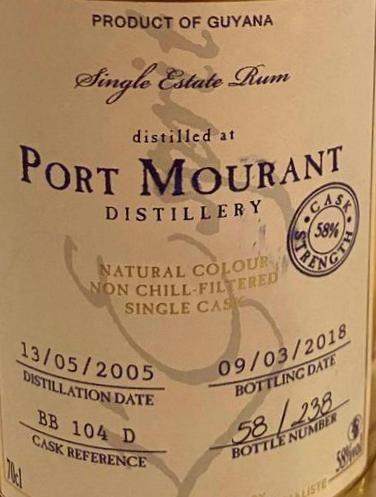
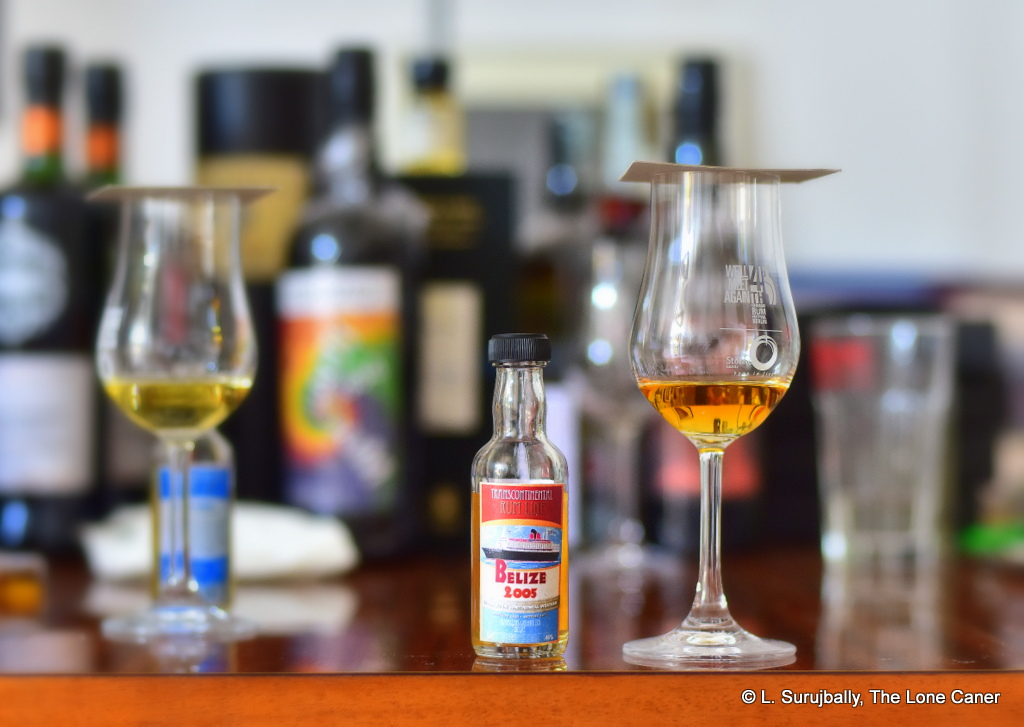
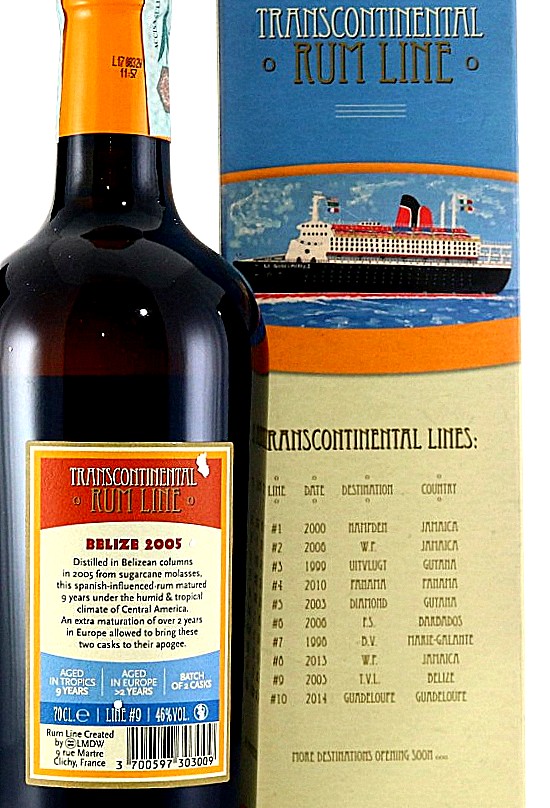


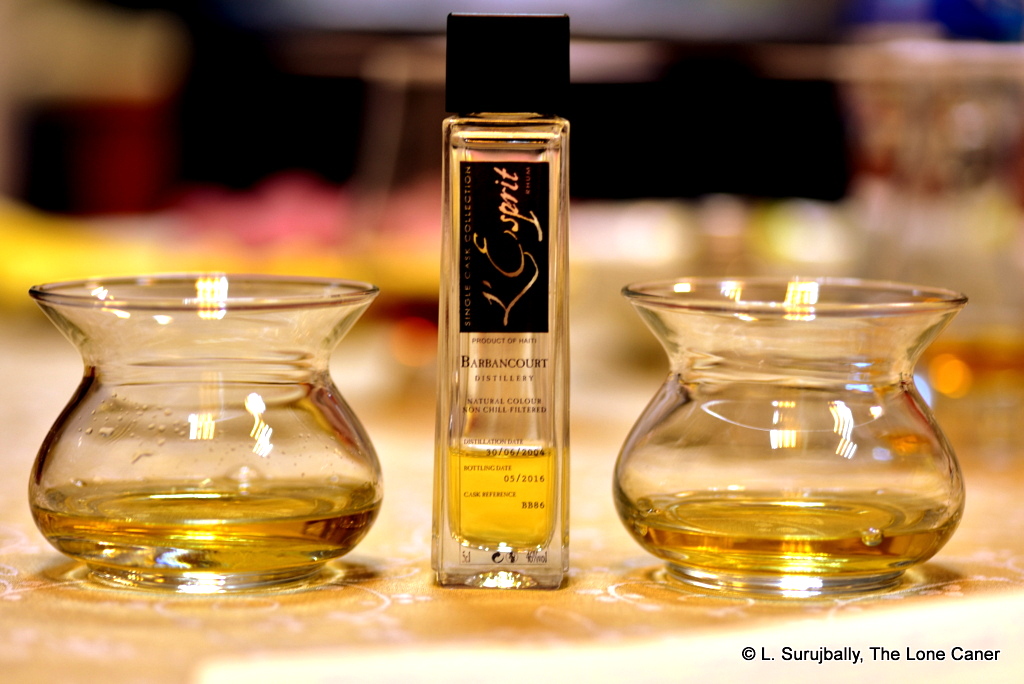
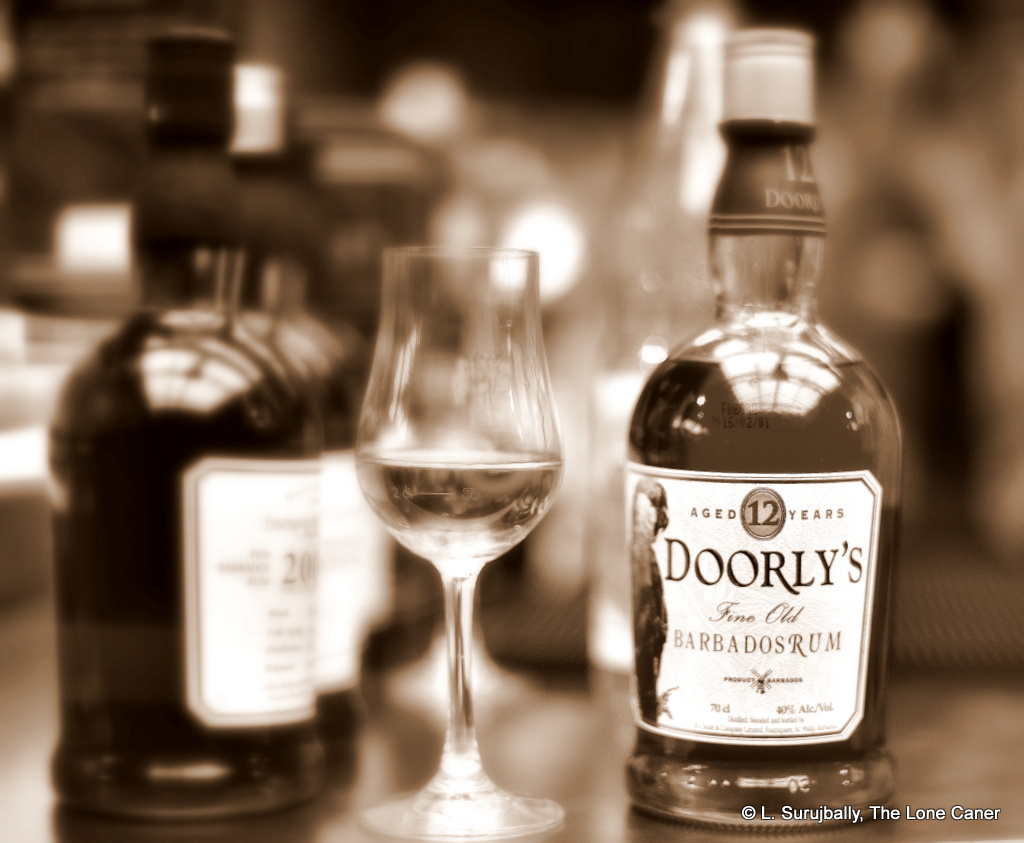
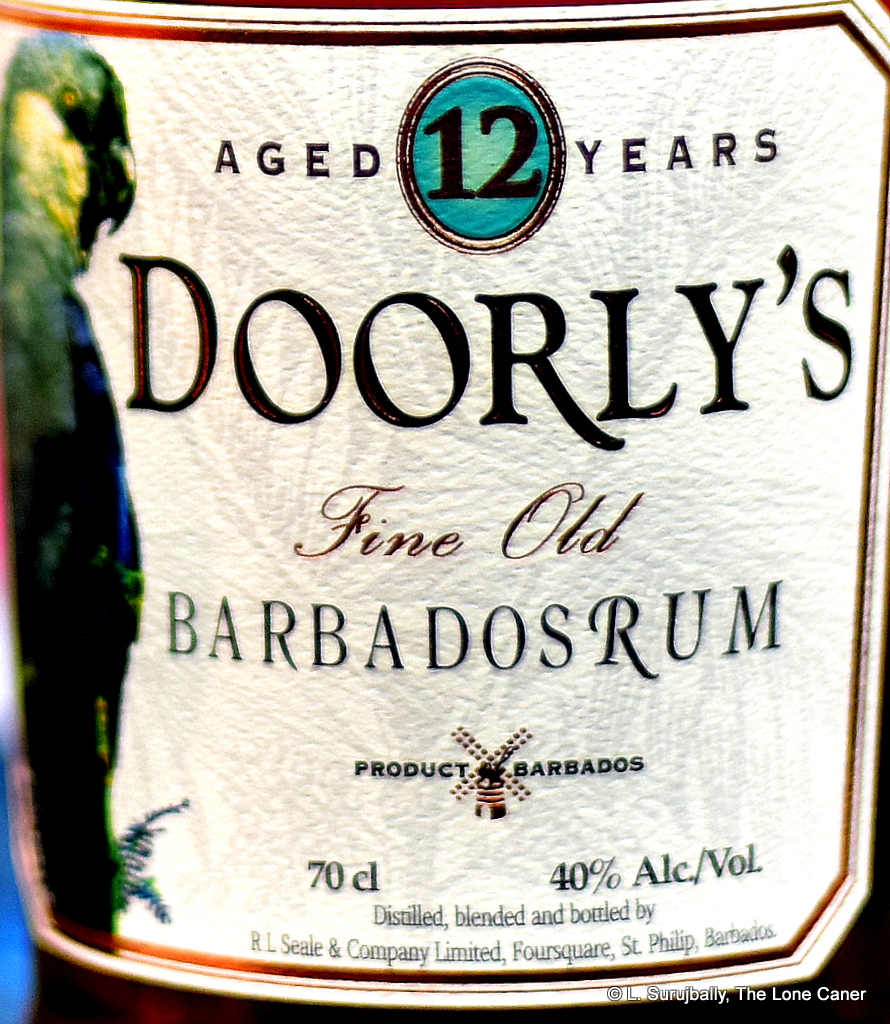


 There are some older bottles in the review queue for products from what I term the “classic” era of the Swiss / German outfit of Secret Treasures, and it’s perhaps time to push them out the door in case some curious person ever wants to research them for an auction listing or something. Because what Secret Treasures are making now is completely different from what they did then, as I remarked in my brief company notes for
There are some older bottles in the review queue for products from what I term the “classic” era of the Swiss / German outfit of Secret Treasures, and it’s perhaps time to push them out the door in case some curious person ever wants to research them for an auction listing or something. Because what Secret Treasures are making now is completely different from what they did then, as I remarked in my brief company notes for 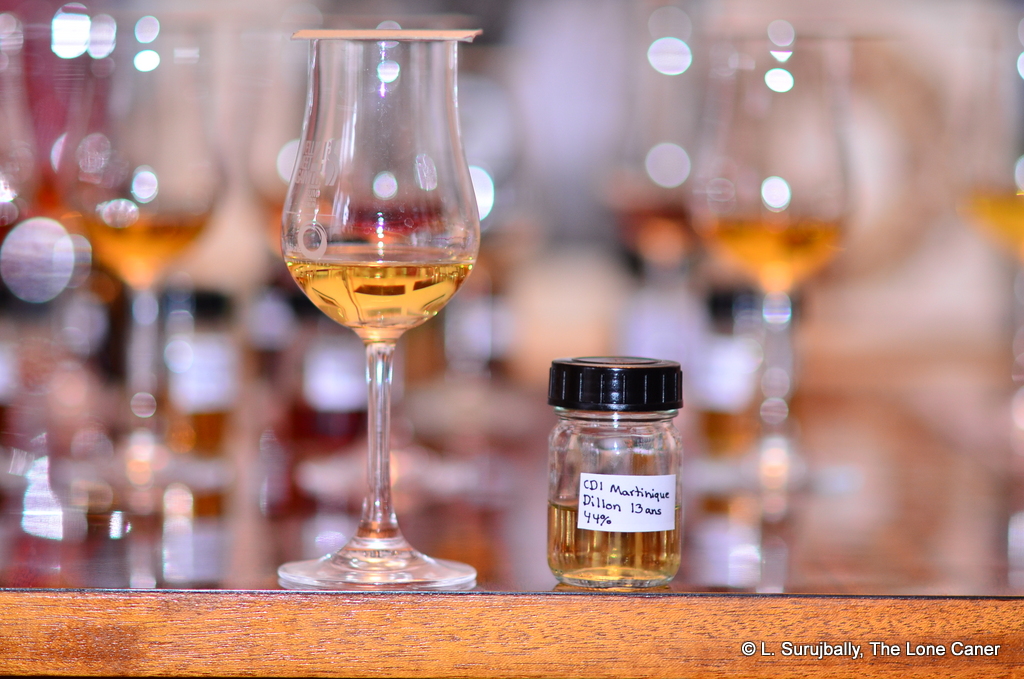
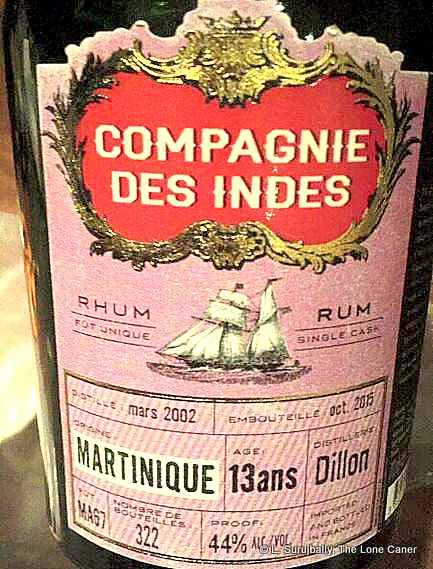 Whatever the case, I must advise you that if you like agricoles at all, those smaller names and lesser known establishments like Dillon should be on your radar. Not all of the rhums they make are double-digit aged, so those that are, even if farmed out to a third party, are even more worth looking at. Just smell this one, for example: it’s a fruitarian’s wet dream. In fact, the aroma almost strikes me like a very good Riesling mixing it up with a 7-up, if you could conceive of such an unlikely pairing. Lighter than the
Whatever the case, I must advise you that if you like agricoles at all, those smaller names and lesser known establishments like Dillon should be on your radar. Not all of the rhums they make are double-digit aged, so those that are, even if farmed out to a third party, are even more worth looking at. Just smell this one, for example: it’s a fruitarian’s wet dream. In fact, the aroma almost strikes me like a very good Riesling mixing it up with a 7-up, if you could conceive of such an unlikely pairing. Lighter than the 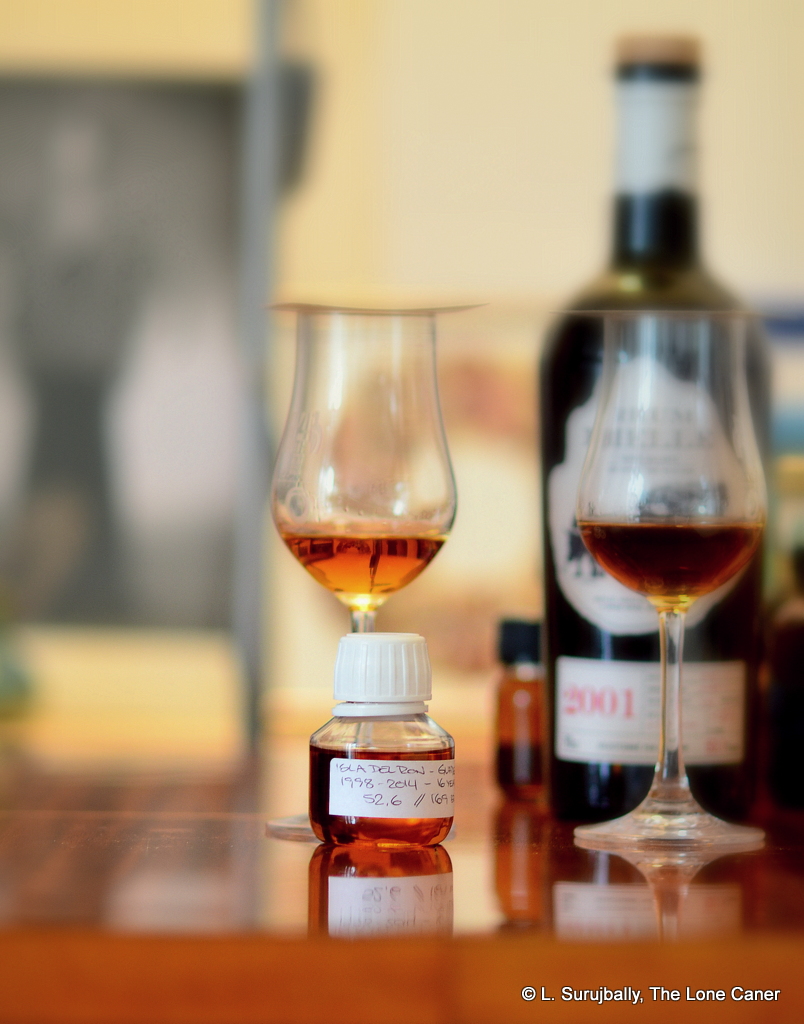
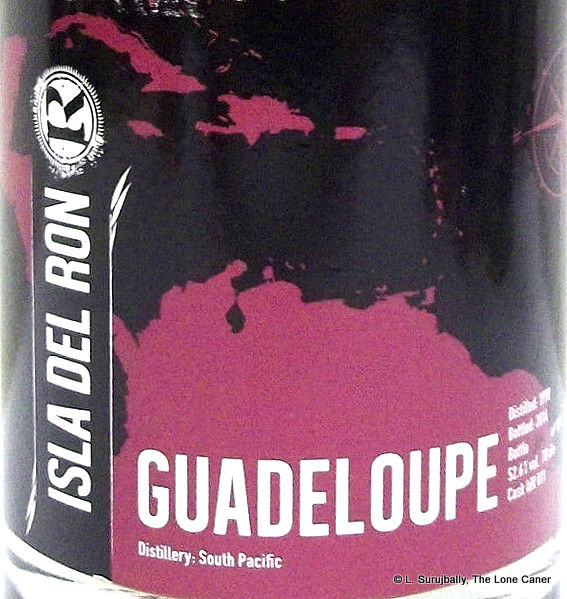 The nose doesn’t help narrow down the origin (though I have my suspicions), and the palate doesn’t either – but it
The nose doesn’t help narrow down the origin (though I have my suspicions), and the palate doesn’t either – but it 
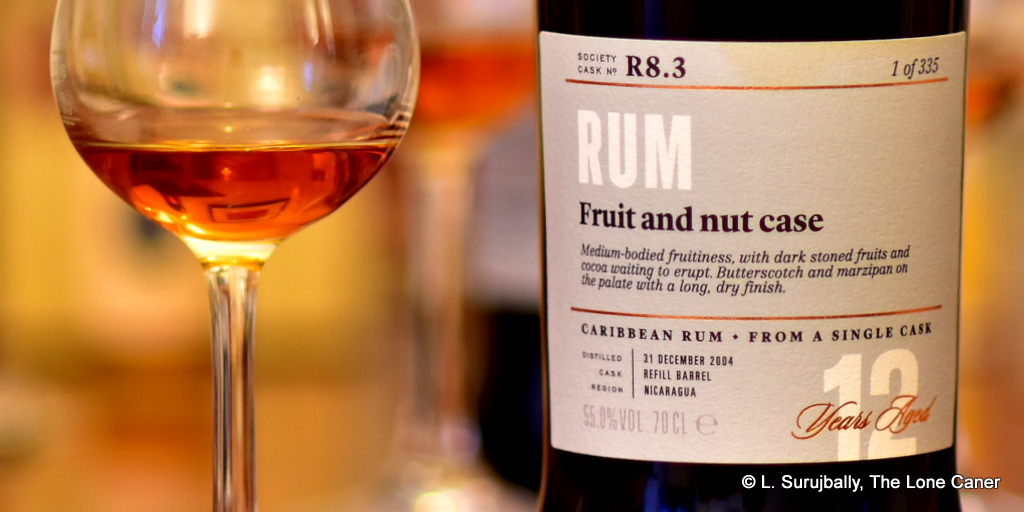
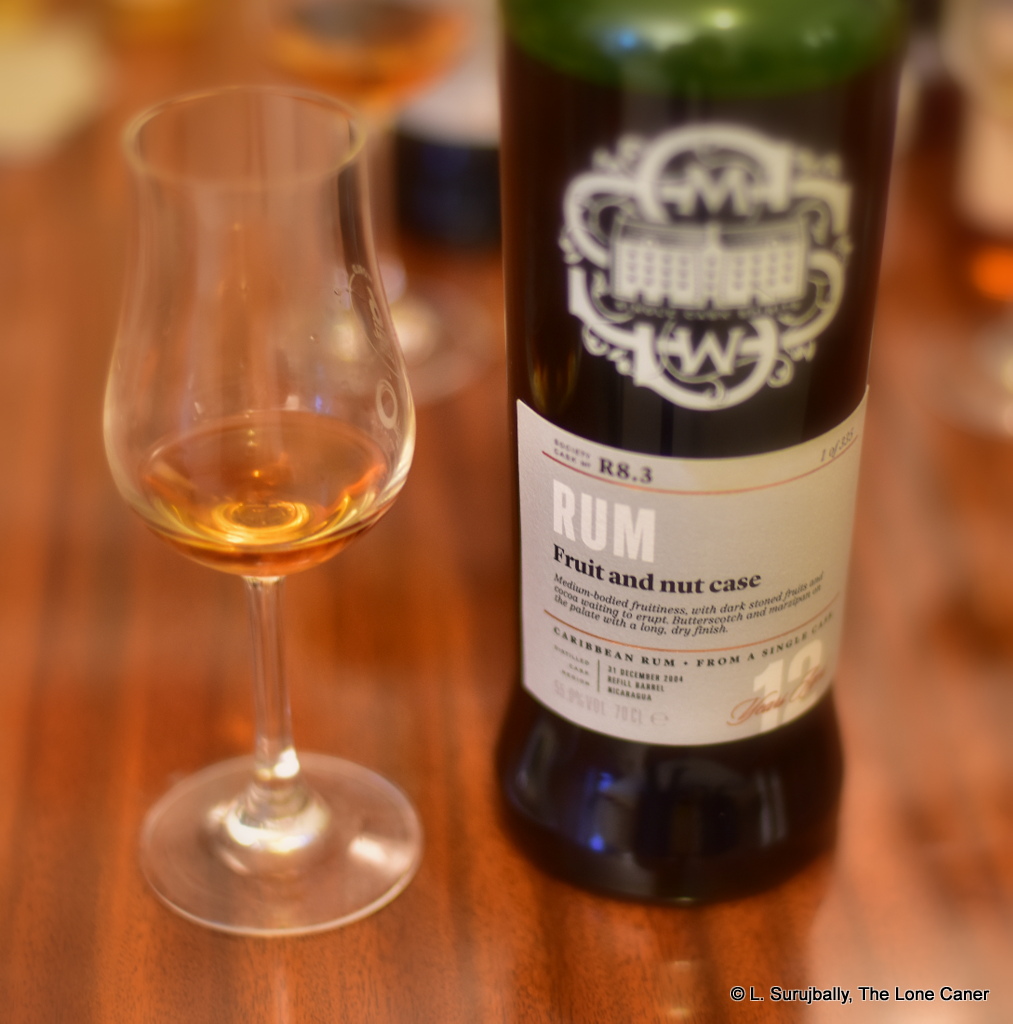
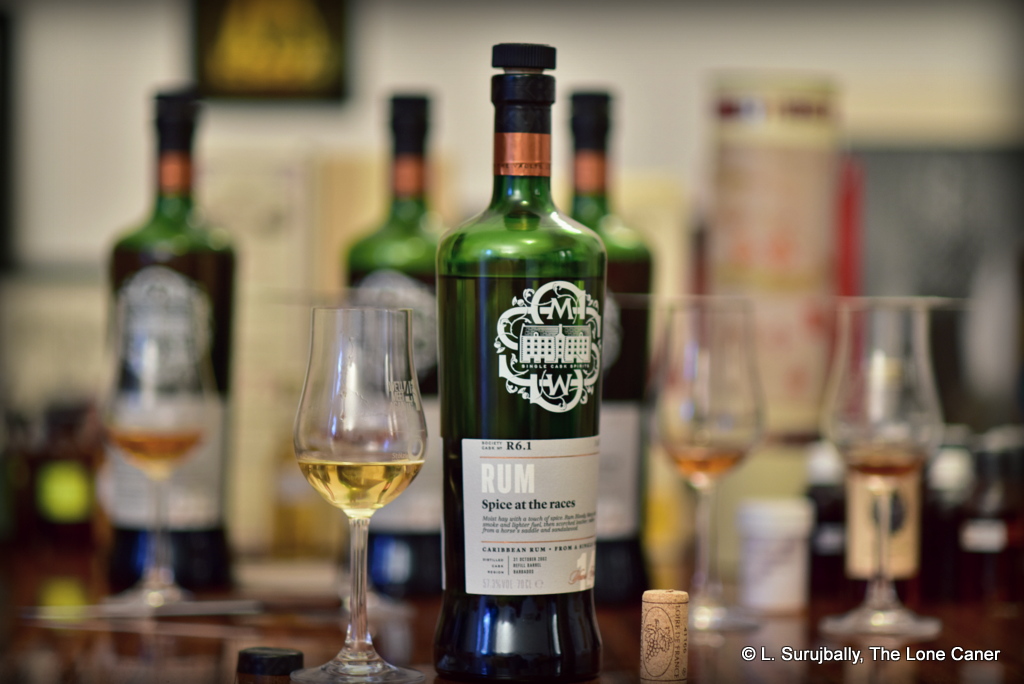
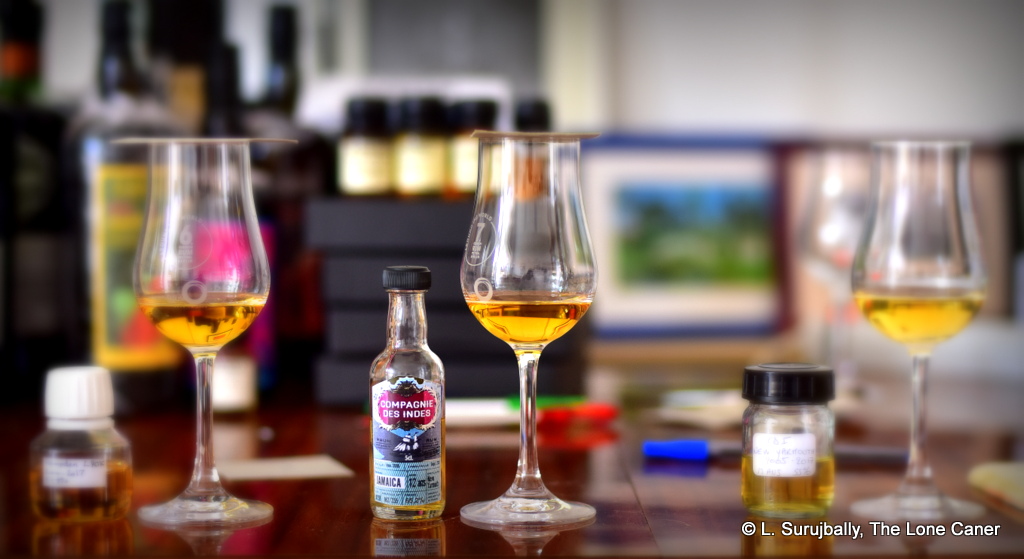
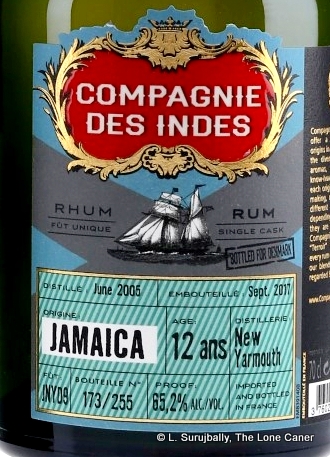 And what a rum it was. I don’t know what ester levels it had, but my first note was “a lot!”. I mean, it was massive. Pencil shavings and glue. Lots of it. Musky, dry, cardboard and damp sawdust. Some rotting fruit (was that dunder they were using?) and also rubber and furniture polish slapped on enough uncured greenheart to rebuild the Parika stelling, twice. The fruitiness – sharp! – of tart apples, green grapes, passion fruit, overripe oranges and freshly peeled tangerines. Florals and crisp light notes, all of it so pungent and bursting that a little breeze through your house and the neighbors would either be calling for a HAZMAT team or the nearest distillery to find out if they had lost their master blender and a still or two.
And what a rum it was. I don’t know what ester levels it had, but my first note was “a lot!”. I mean, it was massive. Pencil shavings and glue. Lots of it. Musky, dry, cardboard and damp sawdust. Some rotting fruit (was that dunder they were using?) and also rubber and furniture polish slapped on enough uncured greenheart to rebuild the Parika stelling, twice. The fruitiness – sharp! – of tart apples, green grapes, passion fruit, overripe oranges and freshly peeled tangerines. Florals and crisp light notes, all of it so pungent and bursting that a little breeze through your house and the neighbors would either be calling for a HAZMAT team or the nearest distillery to find out if they had lost their master blender and a still or two.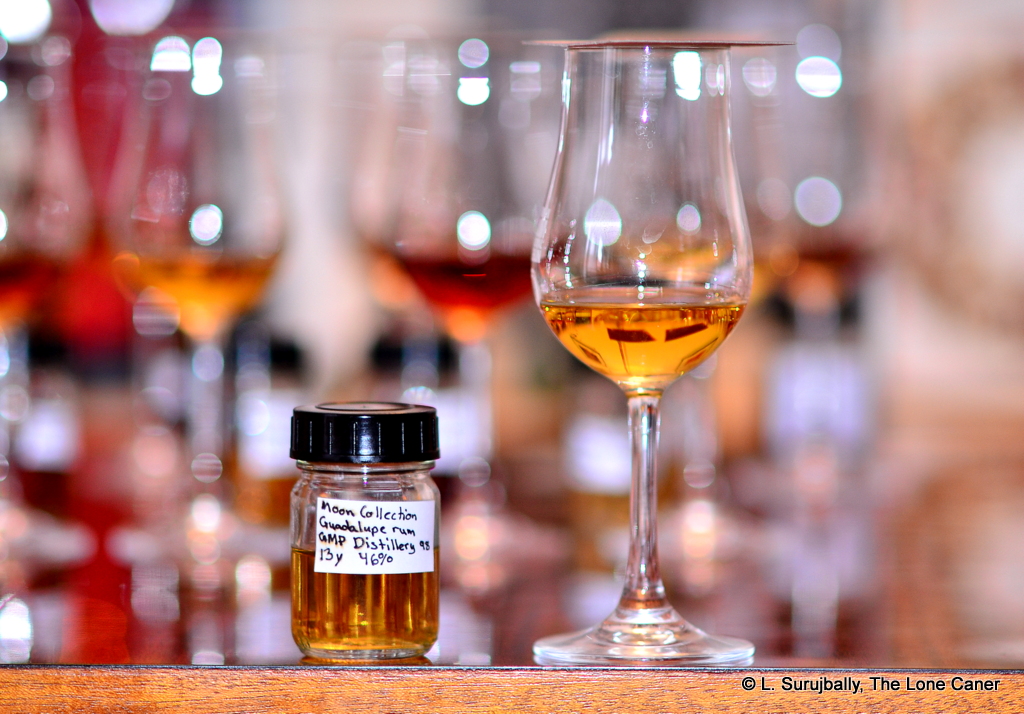

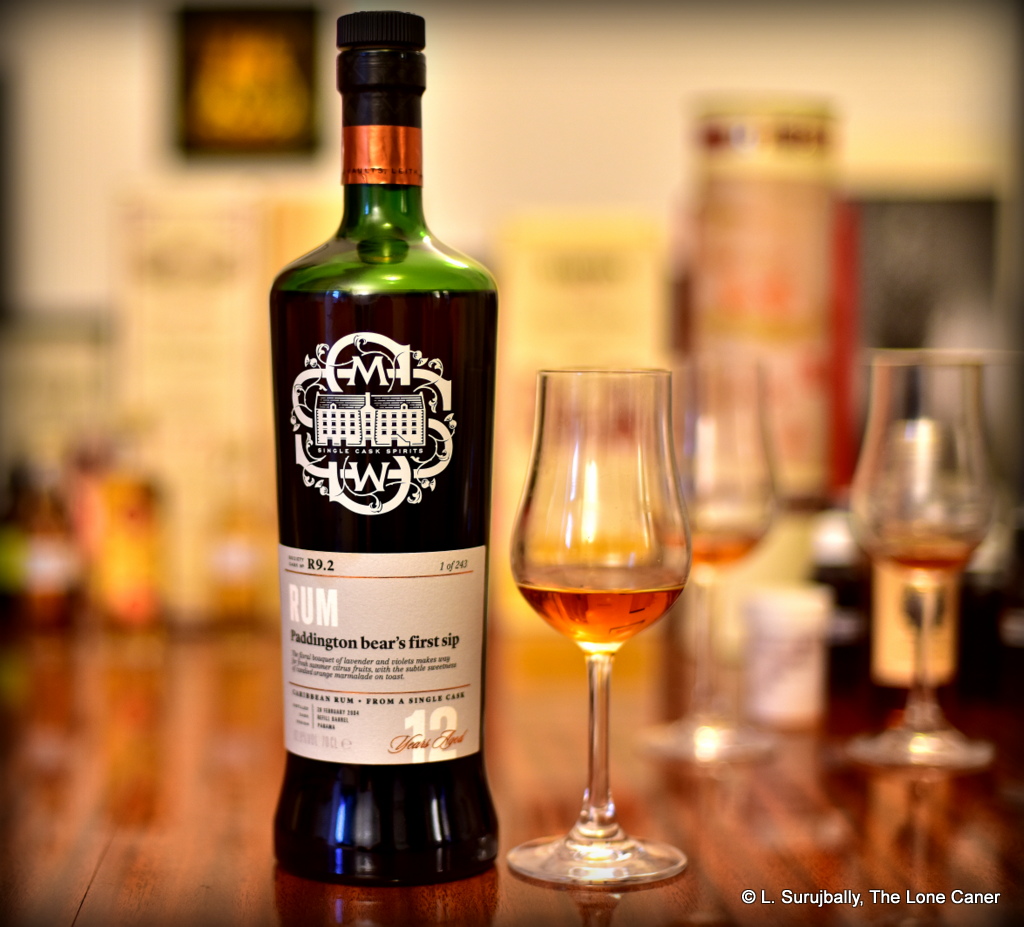
 In spite of the high ABV, which lends a fair amount of initial sharpness and heat to the tongue until it burns away and settles down, it’s actually not that fierce. It becomes almost delicate, and there’s a nice vein of fruity sweetness running through, which enhances the flavours of apples, cider, green grapes, citrus, coconut, vanilla, and candied oranges. There’s also some of that polish and acetone remaining, neatly dampened by caramel and brown sugar, all balancing off well against each other. It retains that delicacy to the finish line and stays well behaved: a touch sweet throughout, with caramel (a bit much), vanilla, fruits, grapes, raisins, citrus, blancmange…not bad at all.
In spite of the high ABV, which lends a fair amount of initial sharpness and heat to the tongue until it burns away and settles down, it’s actually not that fierce. It becomes almost delicate, and there’s a nice vein of fruity sweetness running through, which enhances the flavours of apples, cider, green grapes, citrus, coconut, vanilla, and candied oranges. There’s also some of that polish and acetone remaining, neatly dampened by caramel and brown sugar, all balancing off well against each other. It retains that delicacy to the finish line and stays well behaved: a touch sweet throughout, with caramel (a bit much), vanilla, fruits, grapes, raisins, citrus, blancmange…not bad at all.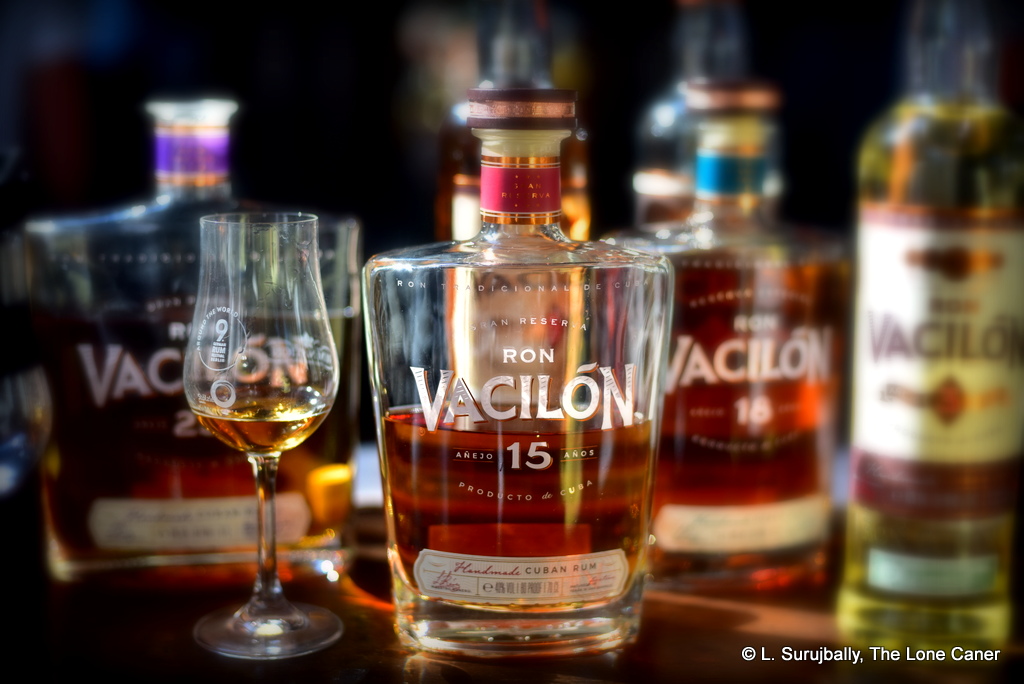


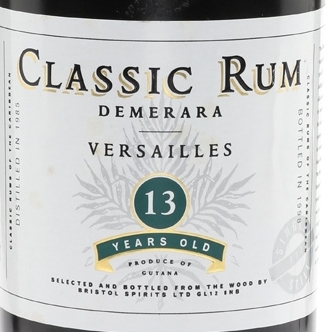 Bristol, I think, came pretty close with this relatively soft 46% Demerara. The easier strength may have been the right decision because it calmed down what would otherwise have been quite a seriously sharp and even bitter nose. That nose opened with rubber and plasticine and a hot glue gun smoking away on the freshly sanded wooden workbench. There were pencil shavings, a trace of oaky bitterness, caramel, toffee, vanilla and slowly a firm series of crisp fruity notes came to the fore: green apples, raisins, grapes, apples, pears, and then a surprisingly delicate herbal touch of thyme, mint, and basil.
Bristol, I think, came pretty close with this relatively soft 46% Demerara. The easier strength may have been the right decision because it calmed down what would otherwise have been quite a seriously sharp and even bitter nose. That nose opened with rubber and plasticine and a hot glue gun smoking away on the freshly sanded wooden workbench. There were pencil shavings, a trace of oaky bitterness, caramel, toffee, vanilla and slowly a firm series of crisp fruity notes came to the fore: green apples, raisins, grapes, apples, pears, and then a surprisingly delicate herbal touch of thyme, mint, and basil. 